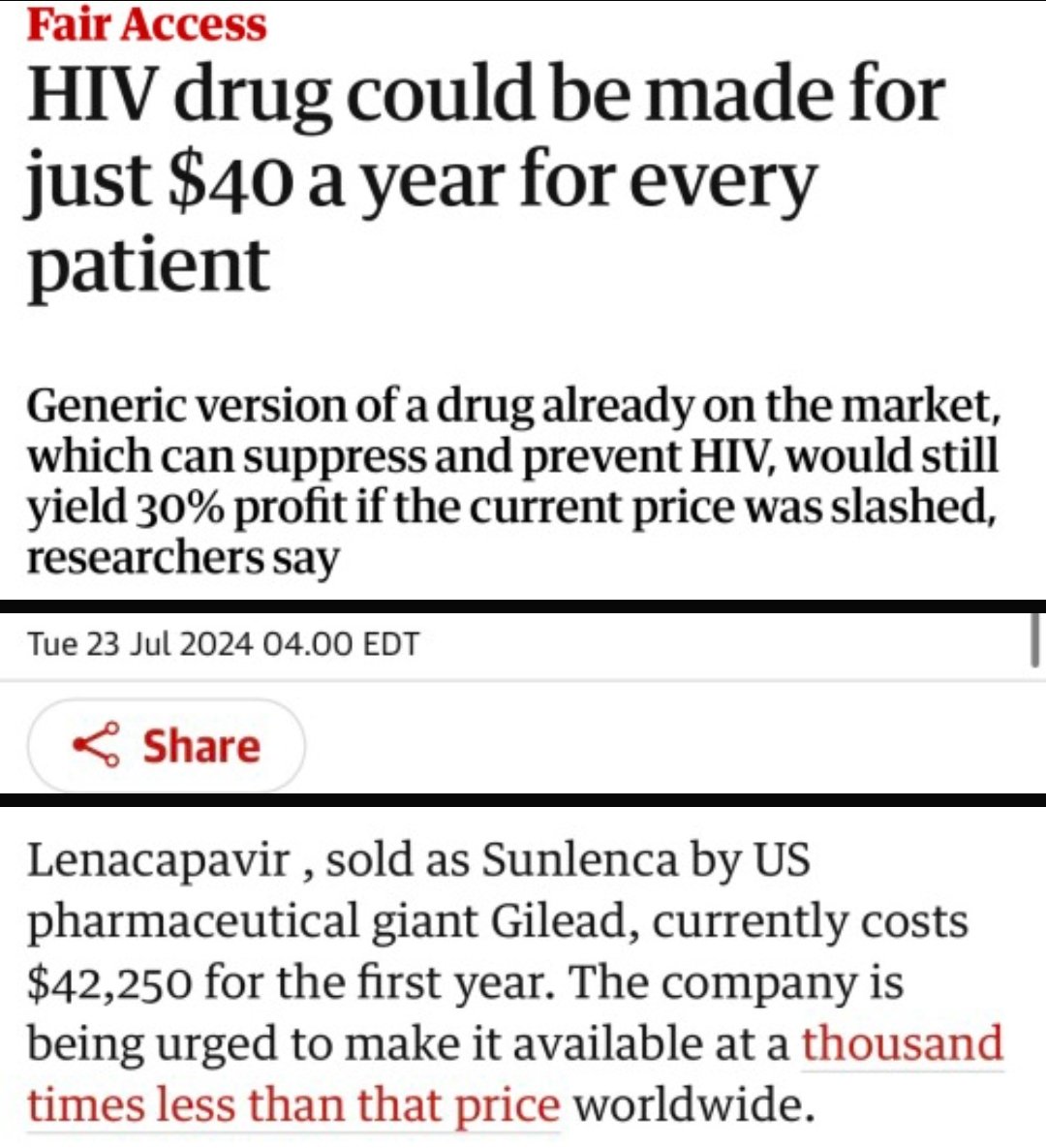this post was submitted on 17 Sep 2024
414 points (98.6% liked)
A Boring Dystopia
9789 readers
237 users here now
Pictures, Videos, Articles showing just how boring it is to live in a dystopic society, or with signs of a dystopic society.
Rules (Subject to Change)
--Be a Decent Human Being
--Posting news articles: include the source name and exact title from article in your post title
--If a picture is just a screenshot of an article, link the article
--If a video's content isn't clear from title, write a short summary so people know what it's about.
--Posts must have something to do with the topic
--Zero tolerance for Racism/Sexism/Ableism/etc.
--No NSFW content
--Abide by the rules of lemmy.world
founded 1 year ago
MODERATORS
you are viewing a single comment's thread
view the rest of the comments
view the rest of the comments

But if they have more customers then they have to spend more resources making more product. So 1 customer at 1000x the price is more valuable than 1000 customers at the a lower price. If it costs 28 dollars to make a year's worth of doses like this screenshot claims, then they'd make $42,222 charging a single customer the current price, while they'd only make $12,000 charging 1,000 customers the proposed price.
So for the company to make more money than they are now, they'd need 3,519 new customers for every one current customer. Since Google says there are 1.2 million people with HIV in the United States, if they have more than 342 current customers in the united states, they are making more now than they could ever make at the proposed price. Therefore the amount of new customers is almost certainly not worth it to them.
Money seems to ruin pretty much everything about healthcare.
Thanks for the answer, sucks that it works that way
It doesn't work that way at all.
Pricing strategy generally calls for optimizing return. They calculated that this company has 342 customers. Each customer adds $28 in costs. The unknown is how many additional customers will choose to buy at a particular price point.
If we halve the price paid by the customer (and add $28 to account for our increased costs) will we at least double our customer base to 684?
If we halve that price again (and add another $28), will we at least double our customer base again, to 1368?
At some point, lowering the price any further will not gain enough customers,, and that is the minimum price we can charge while maintaining our current profits. The article went well beyond that point, contemplating a price point that would provide only 30% of their current profits.
If they lowered their price point to, say, $2700/yr, they would only need to add about 5100 new customers to break even with their $42,222 price. I think they would attract a hell of a lot more than 5100 new customers at that price point, meaning they would be radically increasing their revenue and profits. They are currently earning far less than they could be by demanding so much.
Just to expand your math in a different direction, going from 342 customers to 684 adds $9576 in costs, but cuts the price by 1/2 (plus $28). $21,139.
Going from 684 customers to 1368 adds another $19152. They break even at a $10,598 price point.
From 1368 to 2736 customers adds another $38304 in costs, but reduces the break even price point to $5327.
From 2736 to 5472 customers, another $76608 in costs, and a break even price point of $2685.
They are recouping all their additional costs, and making exactly the same profit charging 5472 people $7/day instead of 342 customers $115/day.
How many of those 1.2 million HIV patients can afford $7/day? If just 1% of them are willing to pay $7 a day, they will more than double their profits.